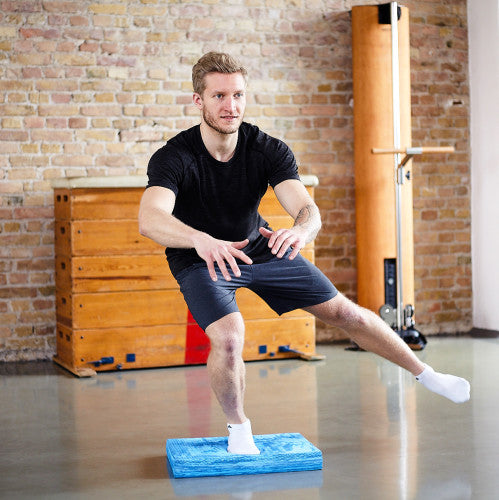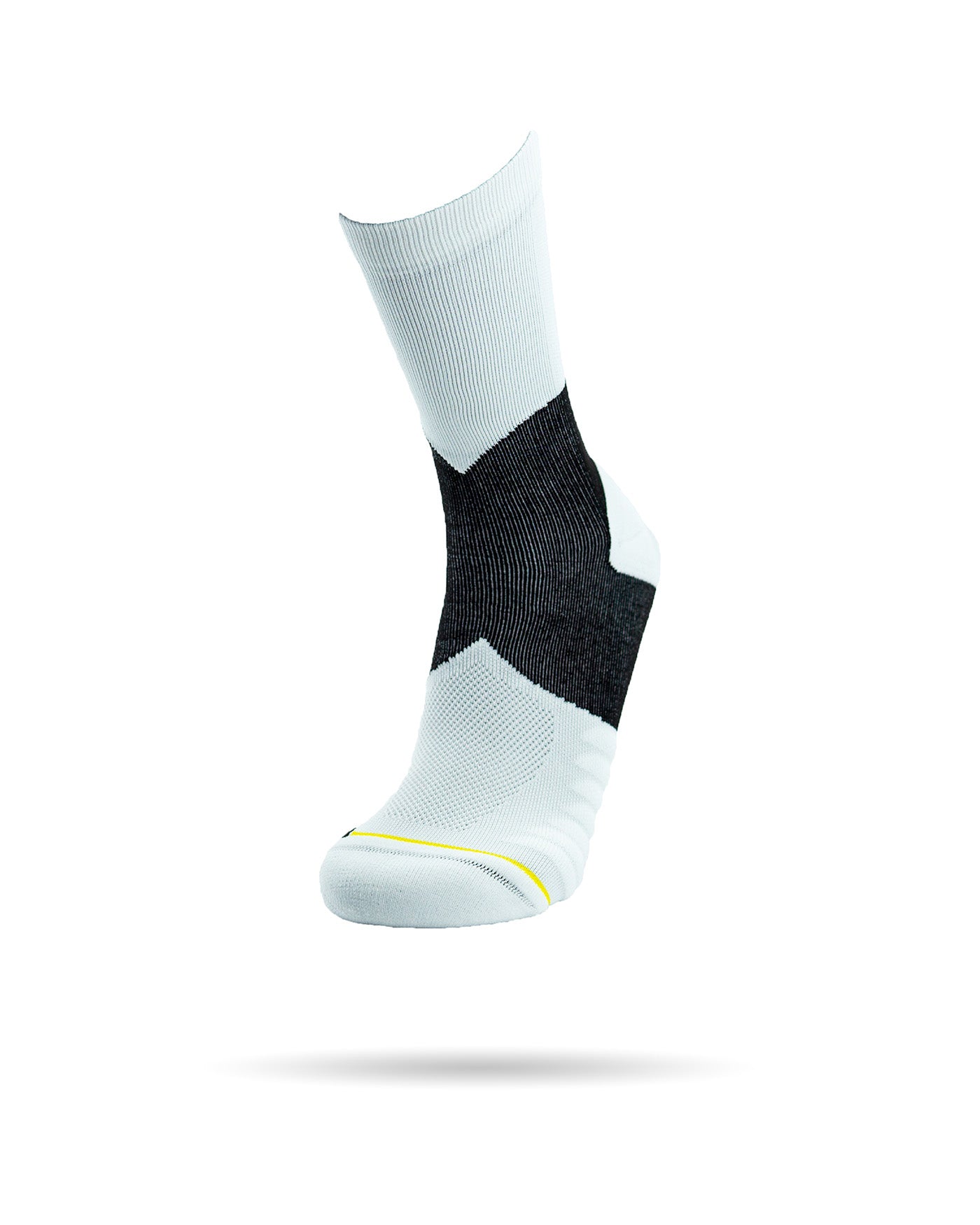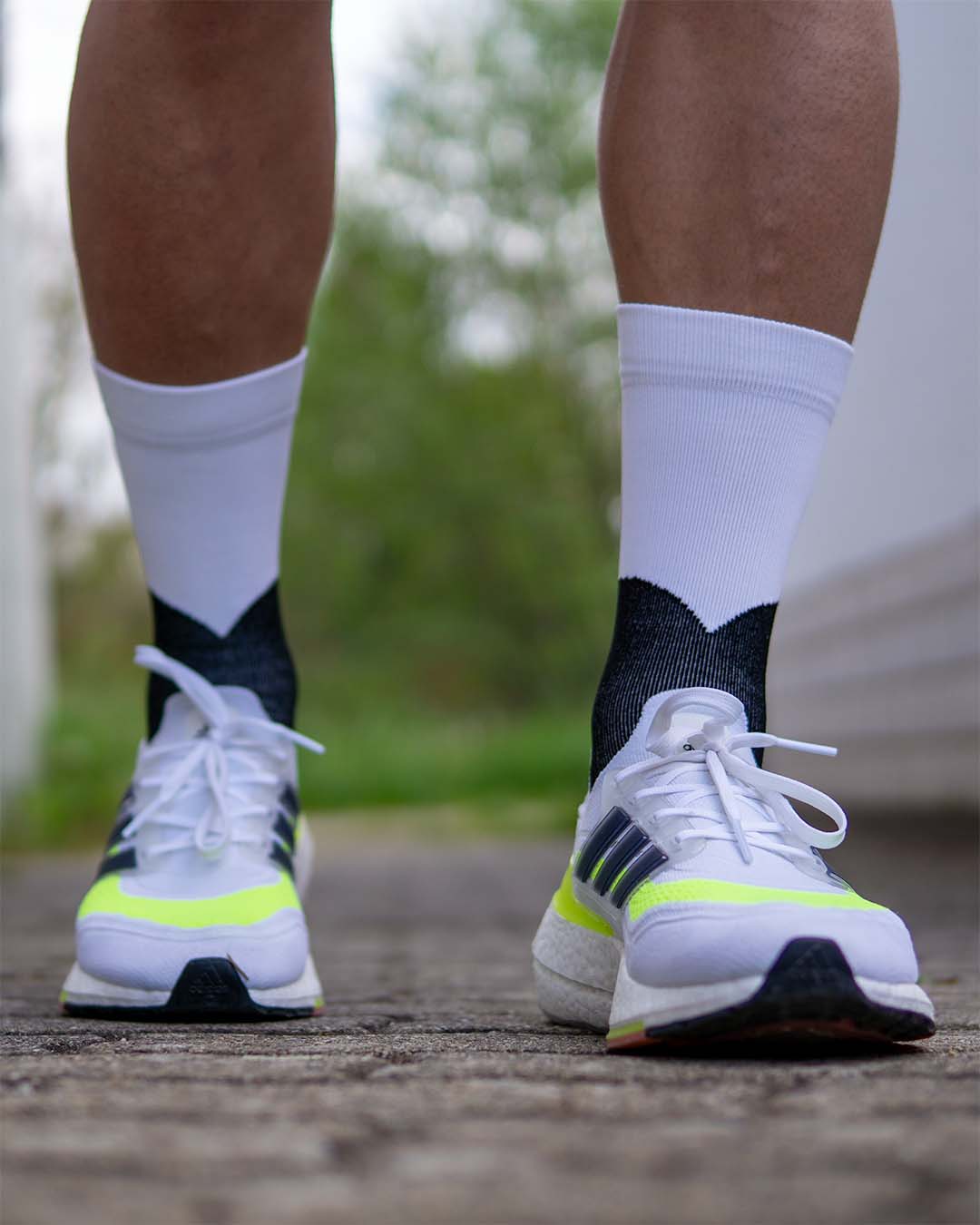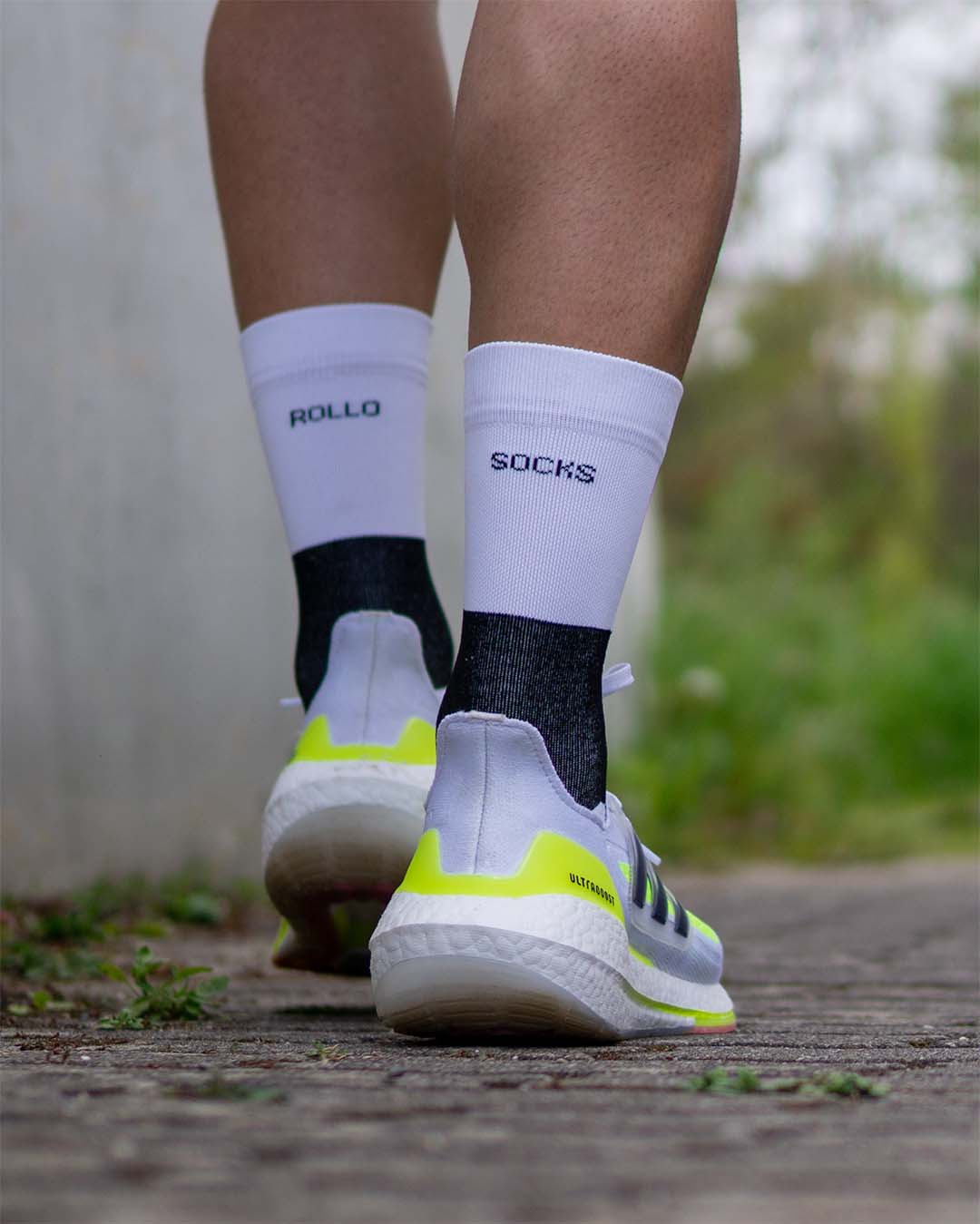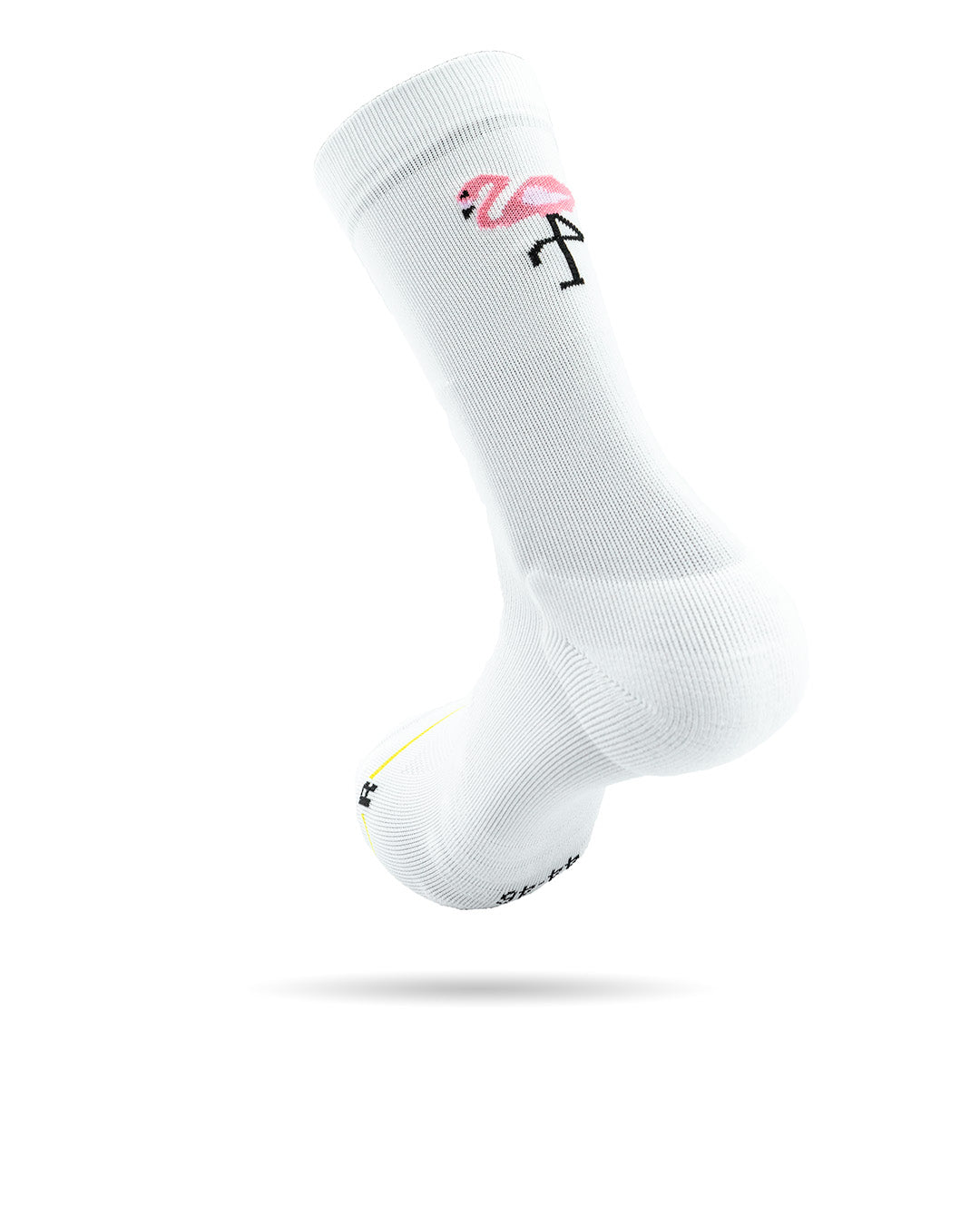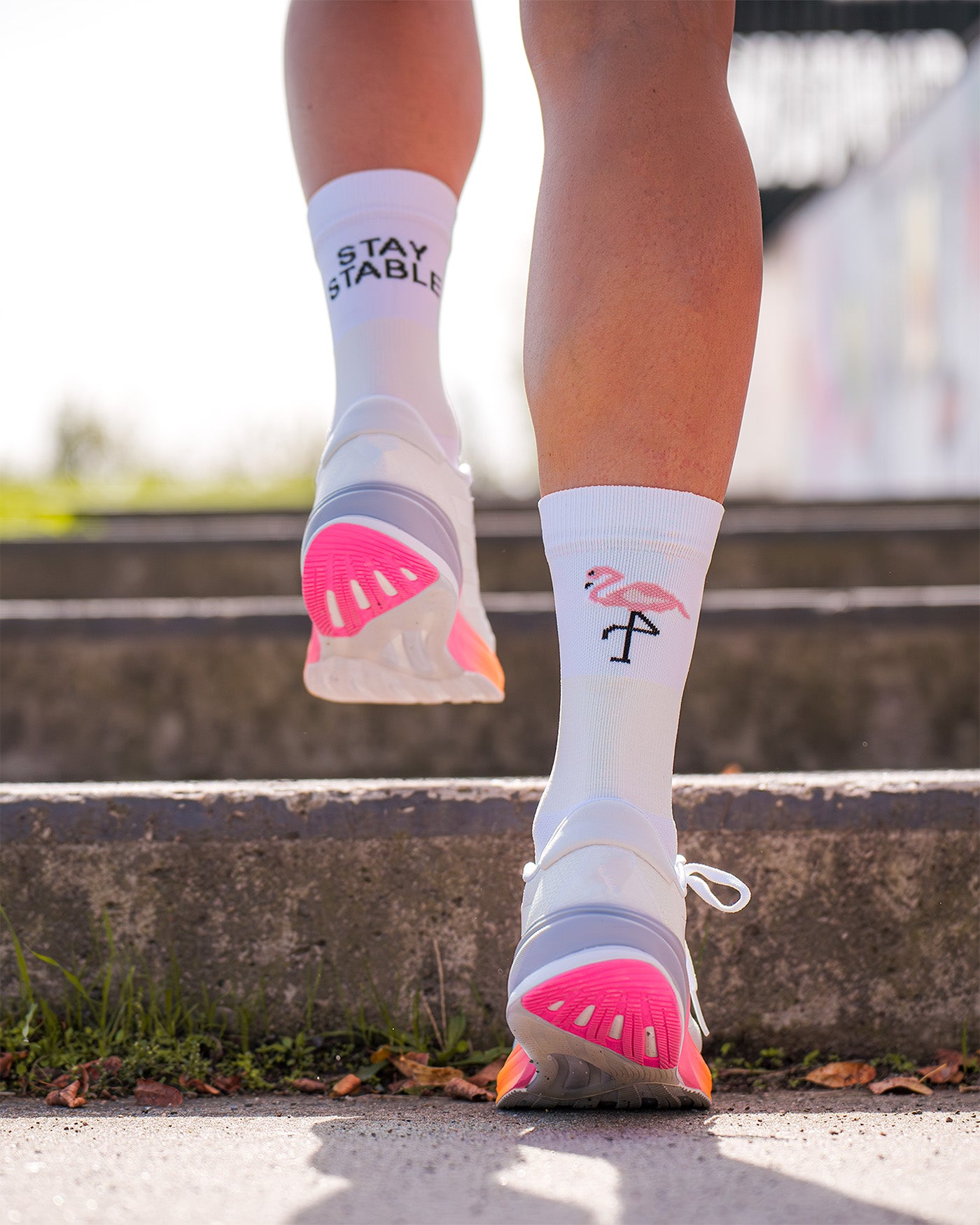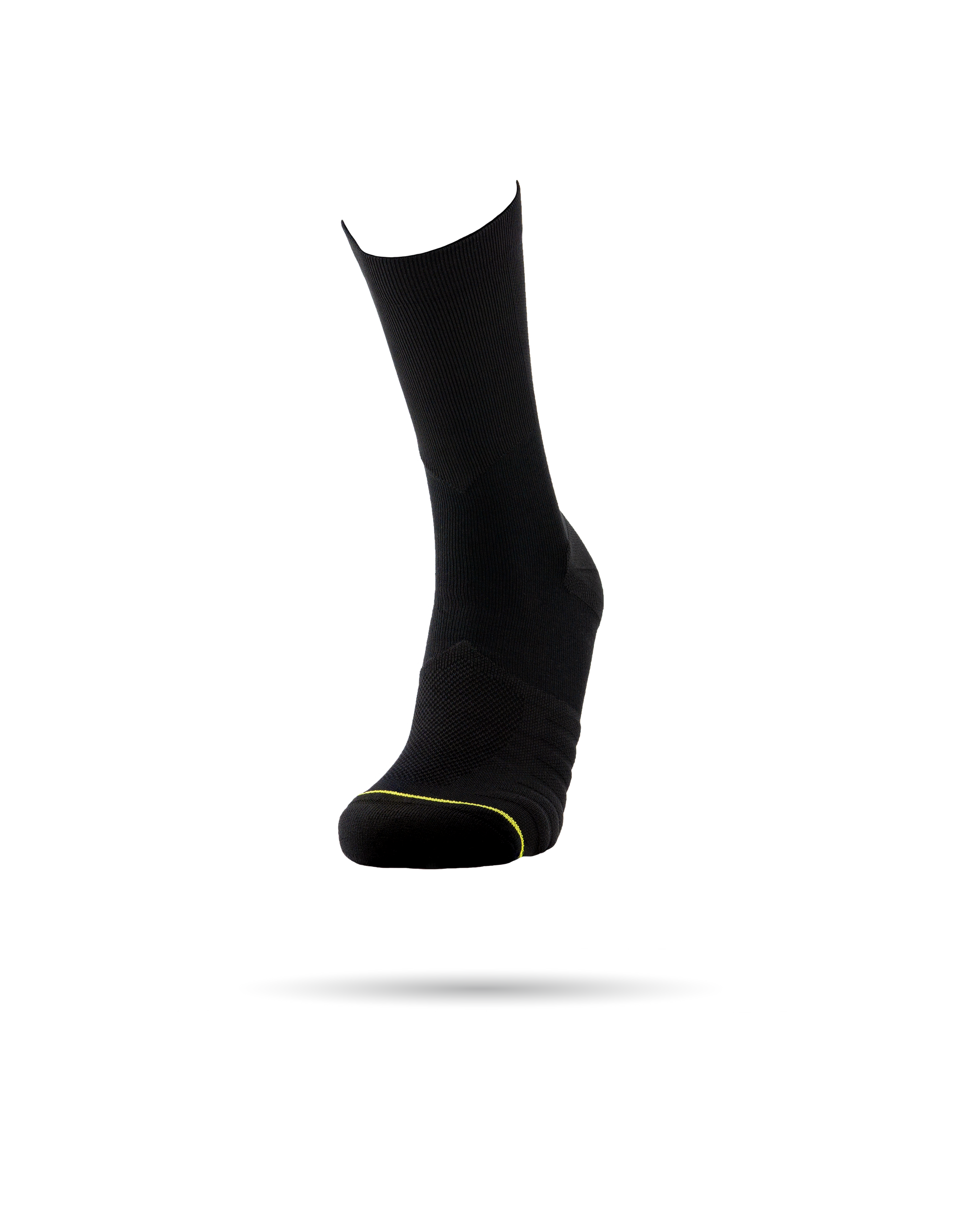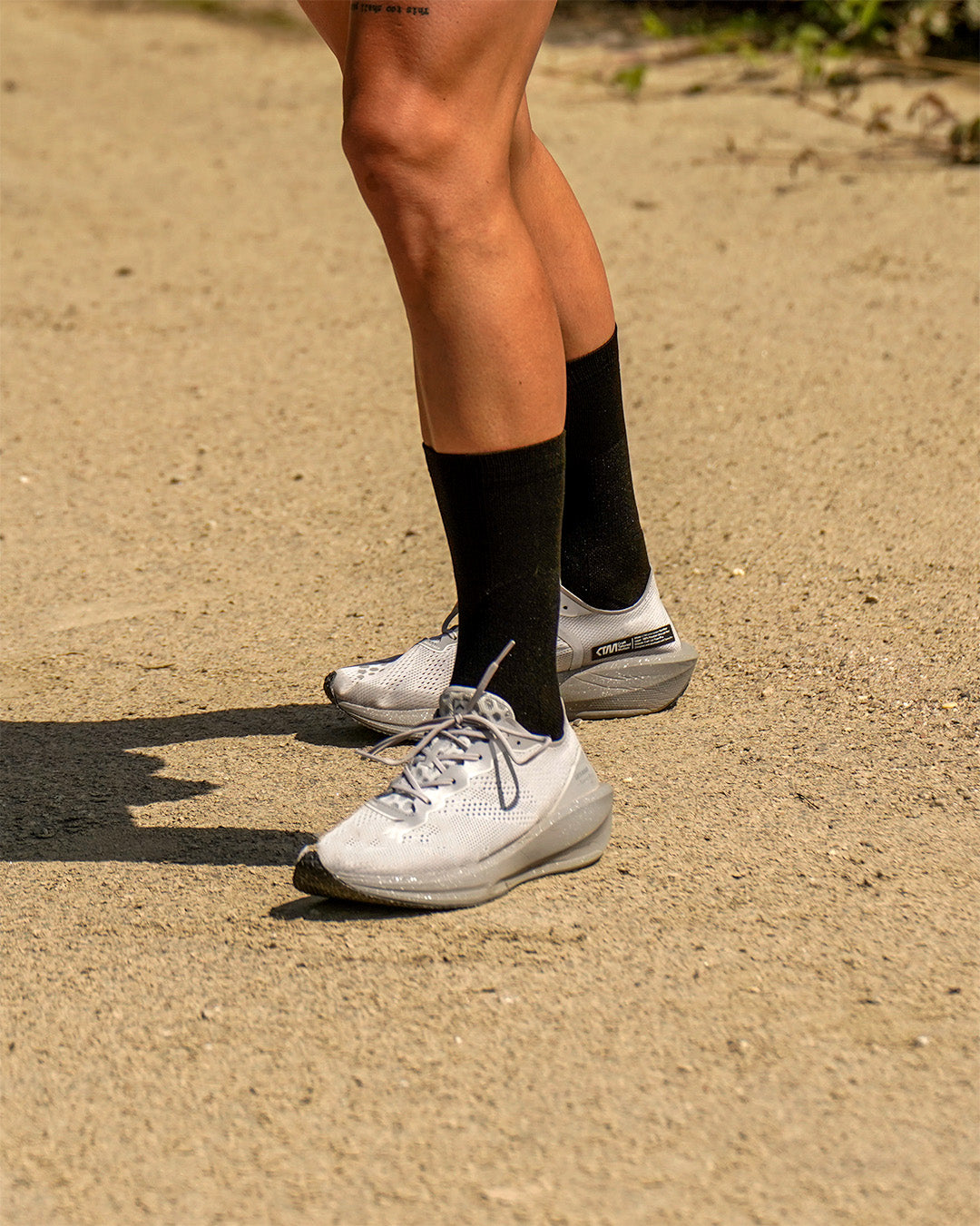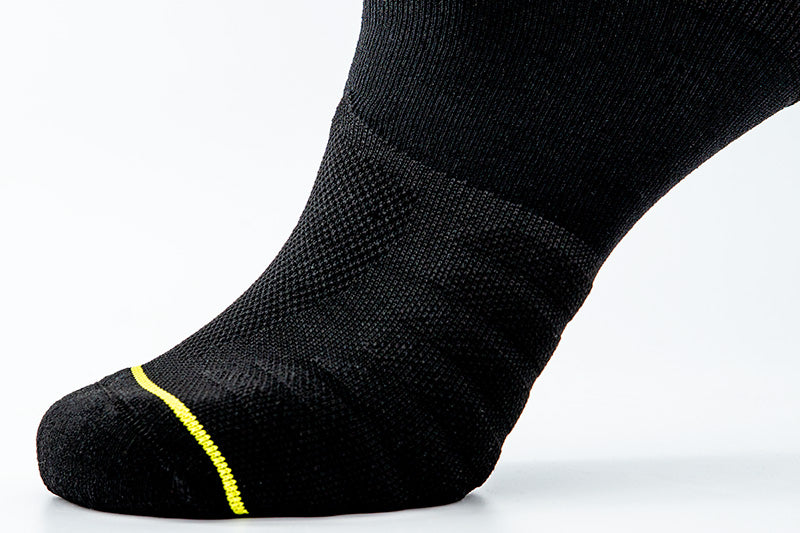Each joint has its own unique depth stability. An important term for this is "proprioception." The human body has receptors that receive and process stimuli. These are divided into internal and external receptors. Proprioception processes stimuli from the internal environment. Depending on the position, posture, position, tension, and movement, the internal receptors react and transmit stimuli to the brain. Based on these signals, the CNS (central nervous system) can make decisions about the respective reaction of the joint or body part.
In the case of the ankle or knee joint, the proprioceptors react to misalignments and continuously correct the respective position to ensure smooth movement. Many of these movements are automated and occur unconsciously. It is precisely at this point that the musculoskeletal system is capable of learning and conscious modification. Through targeted practice and training of movements, movement sequences can be improved and accelerated. In particular, accelerating corrective movements in sports offers a tremendous advantage in injury prevention. The faster misalignments can be corrected, the fewer injuries can occur.
For example, proprioceptive training (e.g., standing on one leg on uneven surfaces) is very valuable for the legs, providing deep stabilization of the foot, knee, and hip joints. In team sports like handball or soccer, rapid changes in direction pose a high risk of joint misalignment and thus injury. This risk can be greatly minimized through proprioceptive training. Movements are faster and more controlled.
Proprioceptive training is often used in rehabilitation after a torn ankle or knee ligament to repair injured tissue structures. However, its preventative use for injury prevention is useful and relatively easy to integrate into daily training.
